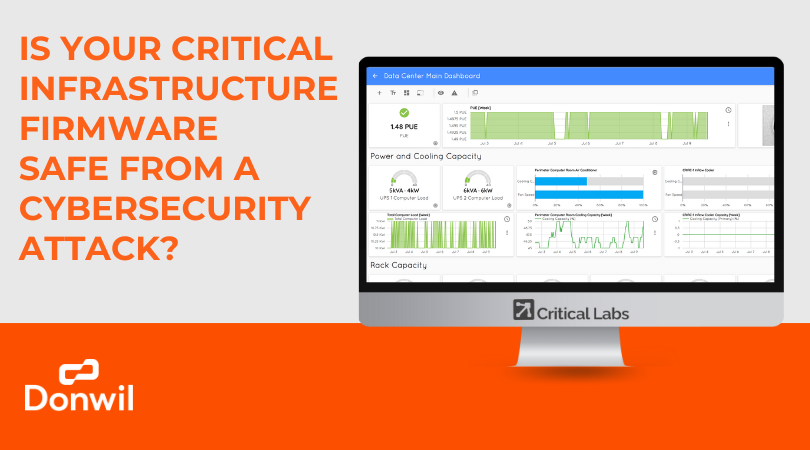Is your critical infrastructure firmware safe from a cybersecurity attack? According to Microsoft’s March 2021 Security Signals report, more than 80% of enterprises have experienced at least one firmware attack in the past two years, but only 29% of security budgets are allocated to protect firmware. That’s pretty alarming, especially when you consider how vulnerable critical infrastructure systems can be. The good news is that there are measures you can take to mitigate risks. Let’s explore.
Cyber Attacks on Firmware
Firmware is the low-level software that controls a device’s basic functions. It’s stored in read-only memory (ROM) and is usually not accessible or modifiable by users. This makes it attractive to attackers, who can target firmware to execute malicious code without being detected by traditional security solutions.
Once an attacker gains access to a system’s firmware, they can use it to disable security features, install malware, or create backdoors for future access. This can have serious consequences for organizations, including data breaches, loss of productivity, and reputational damage.
What You Can Do to Protect Your Firmware
Given the growing threat of firmware attacks, it’s important for organizations to take steps to protect their systems. Here are some recommendations to keep top of mind.
1. Keep Your Firmware Updated
Keep your firmware up to date with the latest security patches from vendors. This will help to mitigate known vulnerabilities and make it more difficult for attackers to exploit weaknesses in your system.
2. Use Code Signing
Code signing is a process that uses cryptographic signatures to verify the authenticity and integrity of code or firmware images. This helps to ensure that only trusted code can be executed on a system, making it more difficult for attackers to install malicious firmware.
3. Implement Limited Access Privileges
Implement access controls to restrict users’ access to only the information and resources they need to do their job. This will help to prevent unauthorized users from accessing sensitive data or making changes to critical systems.
4. Create a Process for Responding to Firmware Vulnerabilities
Organizations should also create a process for responding to firmware vulnerabilities when they are discovered. This should include steps for identifying affected systems, mitigating the vulnerability, and applying security patches.
5. Invest in a Robust Monitoring Tool
For the best security tool, we recommend using Critical Lab’s managed-services toolset to help IT Managers, Managed Service Providers, and Data Center Managers secure and keep an eye on their critical infrastructure. With its easy, interactive interface, it makes monitoring and management a breeze.
By taking these steps, organizations can help to protect their systems from firmware attacks and other cybersecurity threats.
If you’re interested in learning more about monitoring and management solutions, get in touch with Donwil. We can help you navigate your options to make an informed decision.

